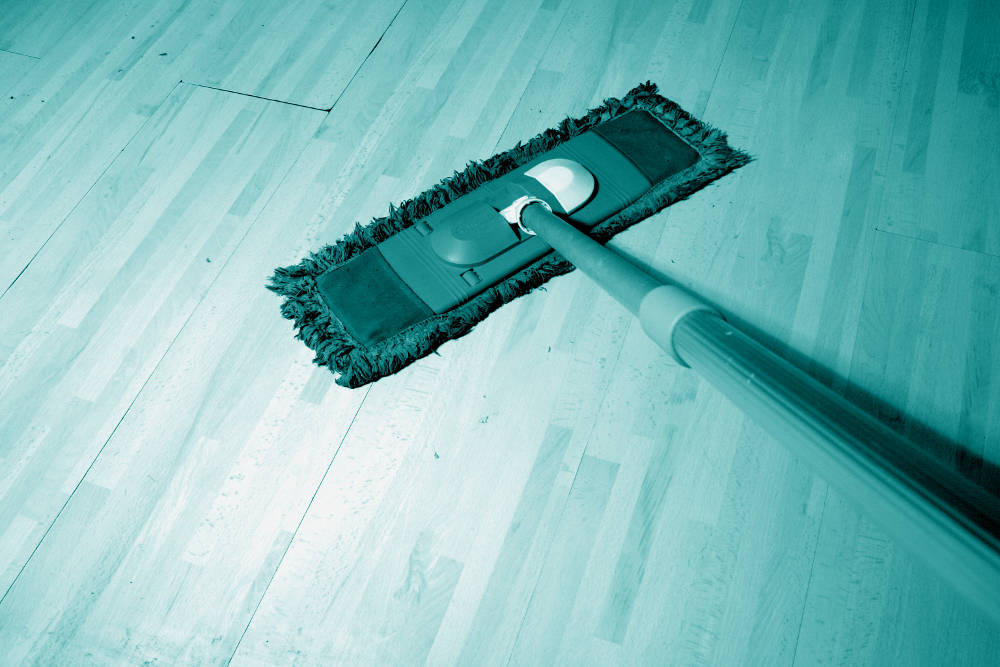When refinishing furniture, the first step is usually to strip off the old finish. Although this is very common, there are times when furniture can be restored without having to strip its old finish first. In fact, institutes that keep important pieces of furniture for long periods of time only remove old finishes if the present finish risks damaging the wood.
Although there are Chemical Paint Strippers that make stripping easier, the process can still be time consuming and messy. Chemical paint strippers are not advised because:
- They may damage the wood.
- They may weaken the furniture’s joints by deteriorating its glue.
To save an old finish without stripping it, follow these instructions:
- Seal damage. Apply shellac on any small, damaged area on the surface. It doesn’t matter if the shellac doesn’t match the color of the finish because this will be done in the next step.
- Clean. There are different ways of cleaning your furniture, depending on the finish that was previously used. It is therefore important to find out what finish was used before cleaning the whole furniture. Wipe the surface with mineral spirits or solvents and then wipe it again with distilled water and detergent. When your furniture is clean enough, wipe it with clean water.
- Sand, if necessary. If the surface of your furniture has small cracks, sand it lightly until the cracks disappear. This may take some time but make sure not to sand heavily because this may cause you to cut through the finish, which will then cause you to strip the surface.
- Apply finish. If there are some discolorations in your furniture, blend them using shellac and dry artists pigments. Apply any finish of your choice after blending. Waxing is also a good choice.
Unfortunately, there are some finishes that just can’t be saved. These include finishes that are sticky, severely discolored, too damaged to protect the furniture’s wood, and those with large exposed areas of the original wood. Sticky finishes cannot be saved because no matter what you do, they won’t fully harden. White areas with peeling or flaking finishes are most likely caused by severe heat or water damage, and severely discolored and large exposure of the wood can be difficult to blend in. When applied thickly, finishes mixed with pigments may develop large and deep cracks. These finishes can’t be saved in most cases except when the cracks aren’t deep enough to penetrate the wood.
Refinishing furniture without stripping it does not only bring it back to its former glory, but is also a lot cheaper and less time consuming than striping. However, not all furniture can be refinished this way. Because of severe damage and other factors, some may have no choice but to be stripped. You should therefore check if your furniture can be saved first before actually refinishing it.




I have a very old antique dresser that I would l I’ll keep to refinish. It needs a little veneer repair, has scratches , etc. However , I love the authentic crackle finish. It is a very dark piece. Can I go right on over the old stain?